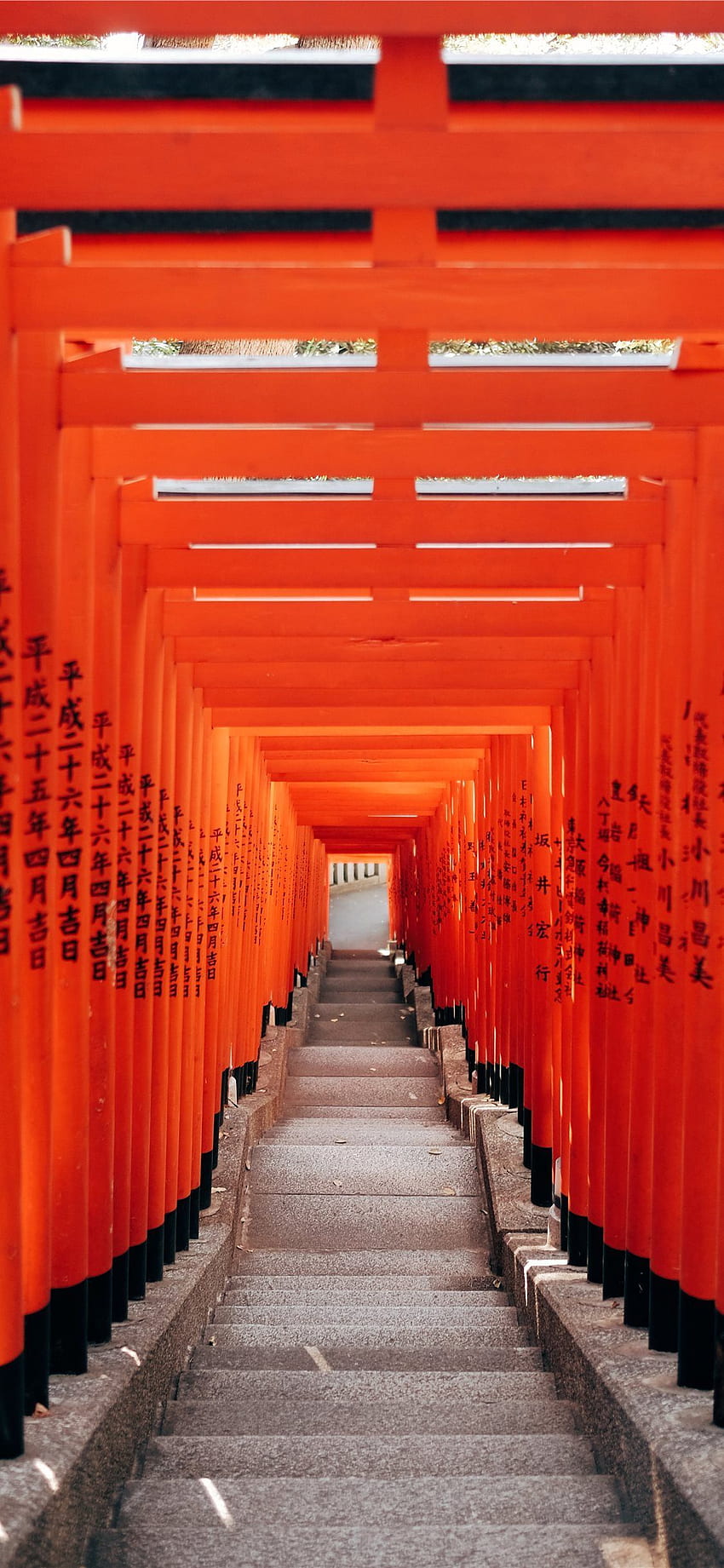
In the serene landscape of Japan, where ancient traditions intertwine with the rhythms of modern life, Shinto shrines stand as guardians of the spiritual world, inviting visitors to pause and reflect. These sacred spaces are more than mere architectural wonders; they represent a deep connection to nature, ancestors, and the divine, embodying the very essence of Shinto beliefs. As the sun rises and casts its first light on the torii gates, one can almost hear the whispers of the kami, the spirits revered in this indigenous religion.
Exploring Shinto shrines offers a unique glimpse into the rich tapestry of Japanese culture. Each shrine holds its own stories, rituals, and spiritual significance, creating an atmosphere filled with reverence and tranquility. From the simplicity of a small village shrine nestled in the woods to the grandeur of a famous city shrine bustling with worshippers, the diversity of these sacred places reflects the profound relationship between the Japanese people and their environment. This article delves into the mystique of Shinto shrines, illuminating the practices, symbolism, and cultural heritage that continue to thrive in contemporary Japan.
Historical Significance of Shinto Shrines
Shinto shrines, known as jinja in Japanese, are deeply interwoven with the history and culture of Japan. These sacred places serve as the spiritual centers where kami, or spirits, are revered. The origins of Shinto shrines can be traced back to ancient Japan, where natural elements like mountains, rivers, and trees were worshipped as deities. Over the centuries, these practices evolved into more structured shrine buildings, reflecting the syncretism of native beliefs and external influences, particularly from Buddhism.
The establishment of Shinto shrines played a pivotal role in the unification of the Japanese people under a shared religious identity. As the state began to codify Shinto practices, many shrines were constructed or upgraded during the Heian period, becoming crucial in the emperor’s efforts to consolidate power and provide a divine legitimacy to their rule. The architecture of these shrines, characterized by its unique designs and torii gates, became symbols of national pride and cultural heritage, embodying the spiritual connection between the Japanese people and their landscape.
In modern times, Shinto shrines continue to hold significant cultural importance, serving as places for rituals, celebrations, and personal prayers. They attract millions of visitors each year, both locals and tourists, who seek to connect with the spiritual essence of the land and partake in traditional customs. The ongoing relevance of Shinto shrines reflects not only their historical significance but also their role as vibrant hubs of cultural and spiritual life in contemporary Japan.
Architectural Elements of Shrines
https://www.cieloazul.co.jp/shrine/ninki-shrine-ranking/
Shinto shrines are characterized by their unique architectural style, which is designed to harmonize with nature and reflect the spiritual essence of the kami. The overall structure often incorporates natural materials, primarily wood, symbolizing the connection between the divine and the earthly realm. This use of organic materials allows the shrine to blend seamlessly into its surroundings, creating a peaceful atmosphere that encourages contemplation and reverence.
One of the most distinctive features of Shinto architecture is the torii gate, which serves as a symbolic entrance to the sacred space of the shrine. The torii, typically made of wood or stone, represents the transition from the profane to the sacred. Its simple yet striking form ensures that visitors are reminded of their spiritual journey as they pass through. Additionally, various architectural elements such as raised floors, thatched roofs, and intricate carvings further enhance the aesthetic and spiritual qualities of these structures.
The approach to a Shinto shrine, known as the sandō, is also an essential aspect of its architectural design. This path often features stone lanterns, water basins, and shrine gates that guide worshipers towards the main hall. The journey along the sandō invites individuals to leave behind their worldly concerns and prepares them for a moment of spiritual reflection. As one progresses towards the inner sanctuary, the careful arrangement of these elements evokes a sense of awe and draws attention to the connection between the natural world and the sacred.
Rituals and Traditions at Shinto Shrines
At Shinto shrines, rituals and traditions play a vital role in connecting worshippers with the kami, the divine spirits revered in Shinto beliefs. One of the most common rituals is the purification practice known as temizu, which involves washing hands and rinsing the mouth at a water basin called a chozuya. This act symbolizes the cleansing of the body and mind before approaching the sacred space, allowing devotees to enter the shrine with a pure heart and spirit. Additionally, many visitors offer a small monetary donation, called an osaisen, which supports the shrine while showing gratitude and respect to the kami.
Seasonal festivals, or matsuri, are significant events at Shinto shrines that celebrate the kami and traditions of the local community. These festivals often include rituals such as processions, dance, and music, embodying a vibrant display of culture and devotion. Shrines often curate unique matsuri that highlight their specific kami and local customs, drawing both residents and tourists to partake in the festivities. During these events, attendees may also engage in traditional activities like making wishes by writing on wooden plaques known as ema or participating in sacred dances called kagura.
Another important tradition at Shinto shrines is the practice of offering food and sake to the kami. This act, known as shinsen, is part of the belief that kami can partake in the essence of these offerings. Many shrines maintain an altar where freshly prepared foods are presented regularly, symbolizing the continuous relationship between the people and the divine. After the offerings are presented, they are often consumed in a ceremonial fashion, reinforcing communal bonds and the spiritual significance of sharing with the kami.
The Role of Nature in Shinto Beliefs
Nature holds a central place in Shinto beliefs, where it is often regarded as a living manifestation of the divine. The concept of kami, which refers to the spirits or gods in Shinto, is closely tied to natural elements such as mountains, rivers, trees, and even animals. Each element possesses a unique spiritual significance, and many Shinto shrines are built in locations that emphasize the beauty and power of nature, highlighting its sacredness. This reverence is reflected in rituals and festivals that celebrate seasonal changes, agricultural cycles, and the bounty of the earth.
Shinto practices encourage a harmonious relationship between humans and the environment, advocating for respect and stewardship of nature. Shrines are often situated amidst dense forests or near sacred mountains, reinforcing the notion that the divine is intertwined with the natural world. Visitors to these shrines frequently engage in practices that promote this connection, such as offering thanks for the harvest or seeking blessings for safe travels, thereby fostering a sense of gratitude and reverence for nature.
The presence of natural beauty surrounding Shinto shrines enhances the spiritual experience of patrons, creating a tranquil space for reflection and connection. Many shrines include pathways that weave through trees and gardens, encouraging visitors to immerse themselves in the serene landscape. This engagement with nature not only deepens their understanding of Shinto beliefs but also nurtures a collective consciousness about the importance of preserving the environment, ensuring that the wisdom of nature continues to guide future generations in their spiritual journeys.




